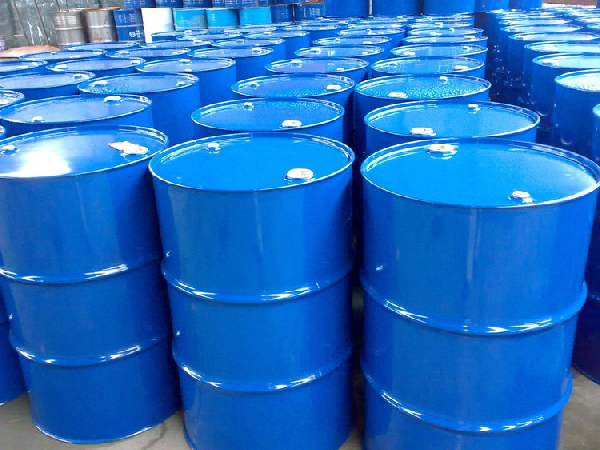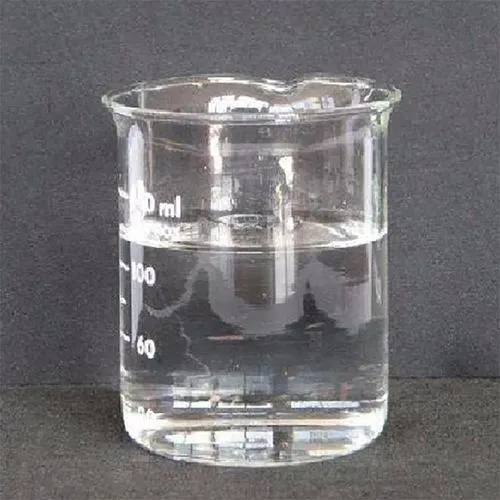There are many types of organosilicon, among which silane coupling agents and crosslinking agents are relatively similar. It is generally difficult for those who have just come into contact with organosilicon to understand. What is the connection and difference between the two?
silane coupling agent
It is a type of organic silicon compound that contains two different chemical properties in its molecules, used to improve the actual bonding strength between polymers and inorganic materials. This may refer to both the improvement of true adhesion and the enhancement of wettability, rheology, and other operational properties. Coupling agents may also have a modifying effect on the interface region to enhance the boundary layer between the organic and inorganic phases.
Therefore, silane coupling agents are widely used in industries such as adhesives, coatings and inks, rubber, casting, fiberglass, cables, textiles, plastics, fillers, surface treatments, etc.
Common silane coupling agents include:
Sulfur containing silane: bis – [3- (triethoxysilane) - propyl] – tetrasulfide, bis – [3- (triethoxysilane) - propyl] – disulfide
Aminosilane: gamma aminopropyltriethoxysilane, N – β – (aminoethyl) – gamma aminopropyltrimethoxysilane
Vinylsilane: Ethylenetriethoxysilane, Ethylenetrimethoxysilane
Epoxy silane: 3-glycidoxypropyltrimethoxysilane
Methacryloyloxysilane: gamma methacryloyloxypropyltrimethoxysilane, gamma methacryloyloxypropyltriisopropoxysilane
The mechanism of action of silane coupling agent:
Silane crosslinking agent
Silane containing two or more silicon functional groups can act as a bridging agent between linear molecules, allowing multiple linear molecules or mildly branched macromolecules or polymers to bond and crosslink into a three-dimensional network structure, promoting or mediating the formation of covalent or ionic bonds between polymer chains.
Crosslinking agent is the core component of single component room temperature vulcanized silicone rubber, and is the basis for determining the cross-linking mechanism and classification naming of the product.
According to the different products of the condensation reaction, single component room temperature vulcanized silicone rubber can be classified into different types such as deacidification type, ketoxime type, dealcoholization type, deamination type, deamidation type, and deacetylation type. Among them, the first three types are general products produced on a large scale.
Taking methyltriacetoxysilane crosslinking agent as an example, due to the condensation reaction product being acetic acid, it is called deacetylated room temperature vulcanized silicone rubber.
Generally speaking, crosslinking agents and silane coupling agents are different, but there are exceptions, such as the alpha series silane coupling agents represented by phenylmethyltriethoxysilane, which have been widely used in single component dealcoholized room temperature vulcanized silicone rubber.
Common silane crosslinkers include:
Dehydrated silane: alkyltriethoxyl, methyltrimethoxy
Deacidification type silane: triacetoxy, propyl triacetoxy silane
Ketoxime type silane: Vinyl tributone oxime silane, Methyl tributone oxime silane
Post time: Jul-15-2024



